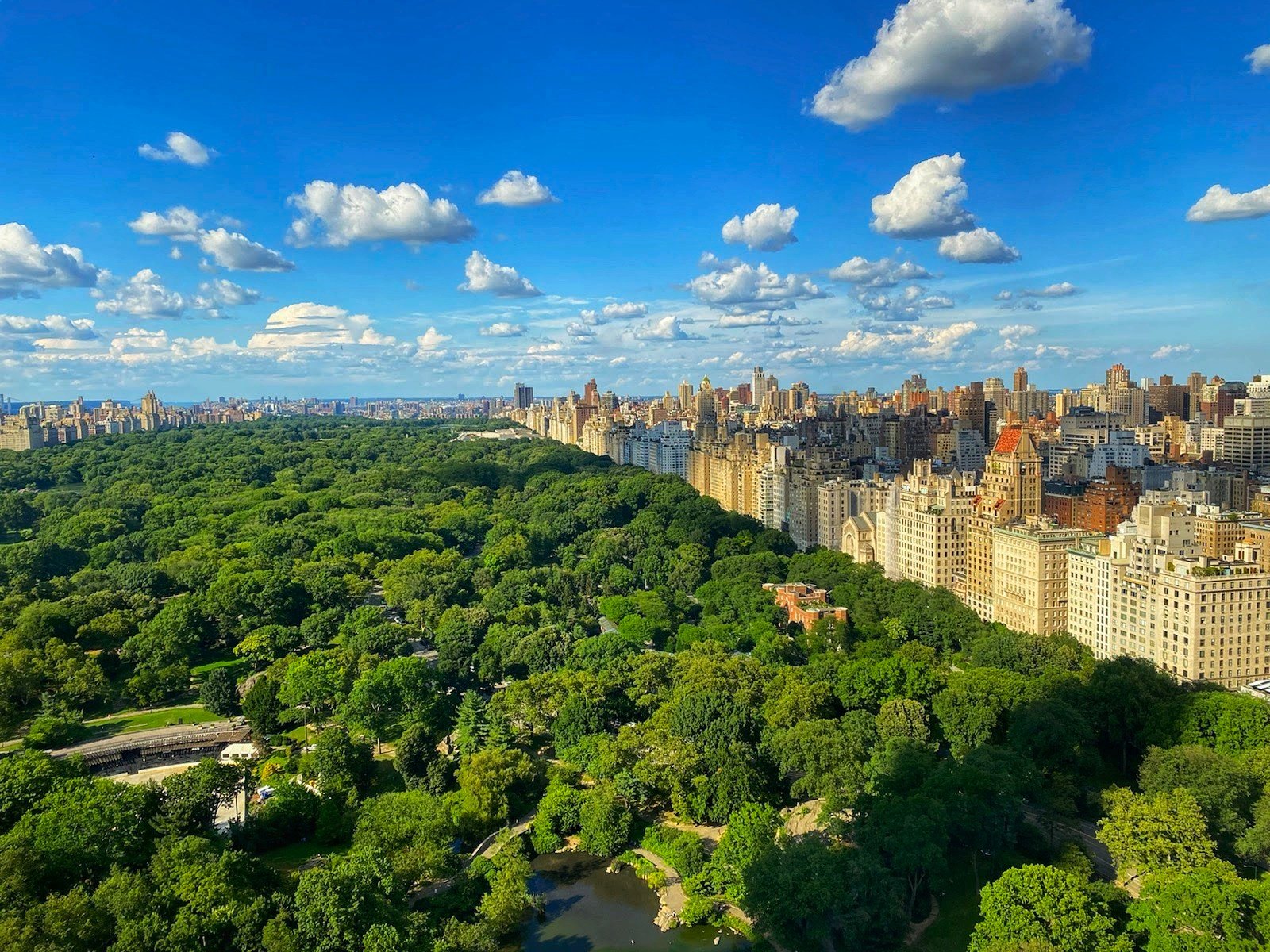- cross-posted to:
- [email protected]
- cross-posted to:
- [email protected]
Founded in 1825, Seneca Village was once home to nearly 200 residents.
Some villagers were German and Irish American.
But most of them were Black
By 1855, nearly half of them owned their own homes. They had a school, churches, gardens and voting rights because they owned land.
But in 1857, Seneca Village was torn down when the city decided it wanted to create a park.
Villagers were essentially forced to leave.
Today, researchers are trying to figure out where they went and locate their descendants.
A lot of the original landscape can still be seen in the park today.
It stretches from 82nd Street to 89th Street and Central Park West.
“We know that they used some of the stone that you see out there now to build their houses,” Marie Warsh, a historian with the Central Park Conservancy, told NBC New York.
Signs erected by the Central Park Conservancy help to commemorate and tell the story of the village and its vibrant community.
“You can really start to imagine what it may have looked like,” said Warsh.
Talks to figure out a permanent way to commemorate Seneca Village, which is not a historical landmark, are ongoing.
Those interested in learning more about the history of Seneca Village can visit the MET’s “Before Yesterday We Could Fly: An Afrofuturist Period Room” exhibition or www.centralparknyc.org.


Funny to see a comment I made on another post lead to this post.
TIL for me too!
I had no idea until you posted that comment.